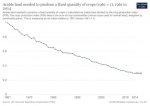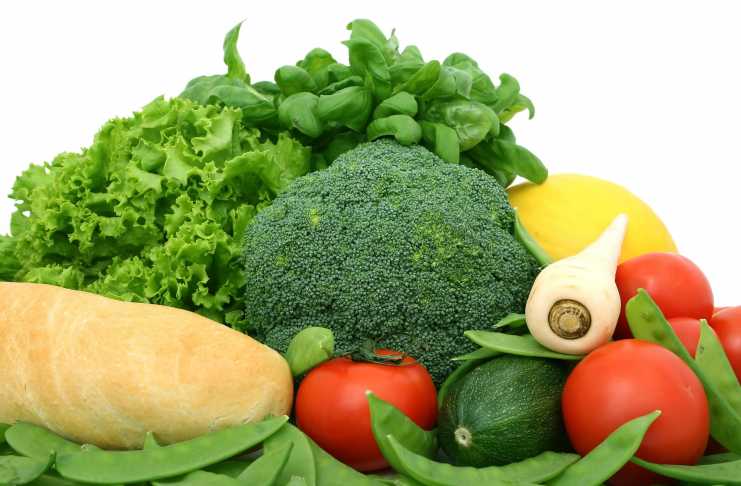- Joined
- Jan 3, 2014
- Messages
- 16,501
- Reaction score
- 3,829
- Location
- Sheffield
- Gender
- Male
- Political Leaning
- Other
Today we grow food very well.
The amount of food a particular piece of land produced in 1961 is now producing 3 to 4 times as much food. Generally.
Not so much a debate thing just an interesting thing to understand.

From;
Crop Yields - Our World in Data
The amount of food a particular piece of land produced in 1961 is now producing 3 to 4 times as much food. Generally.
Not so much a debate thing just an interesting thing to understand.

From;
Crop Yields - Our World in Data






